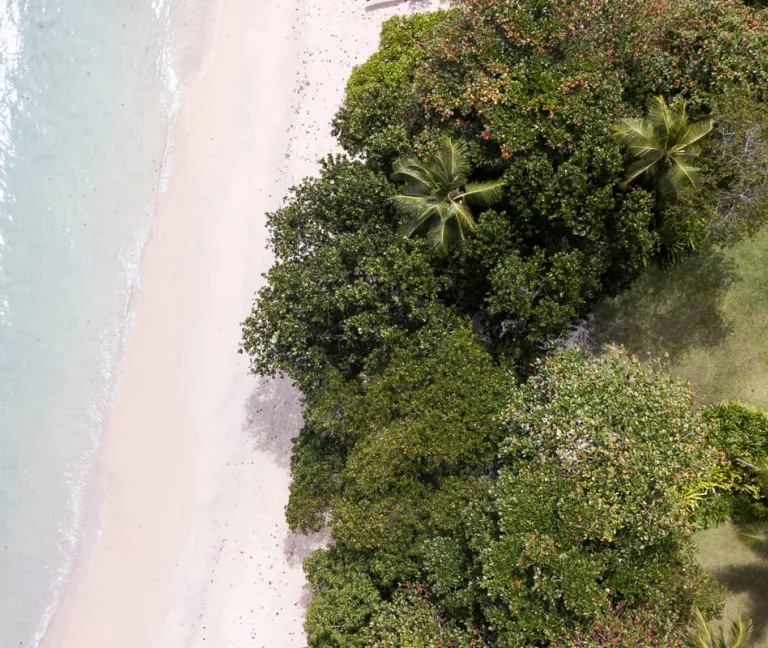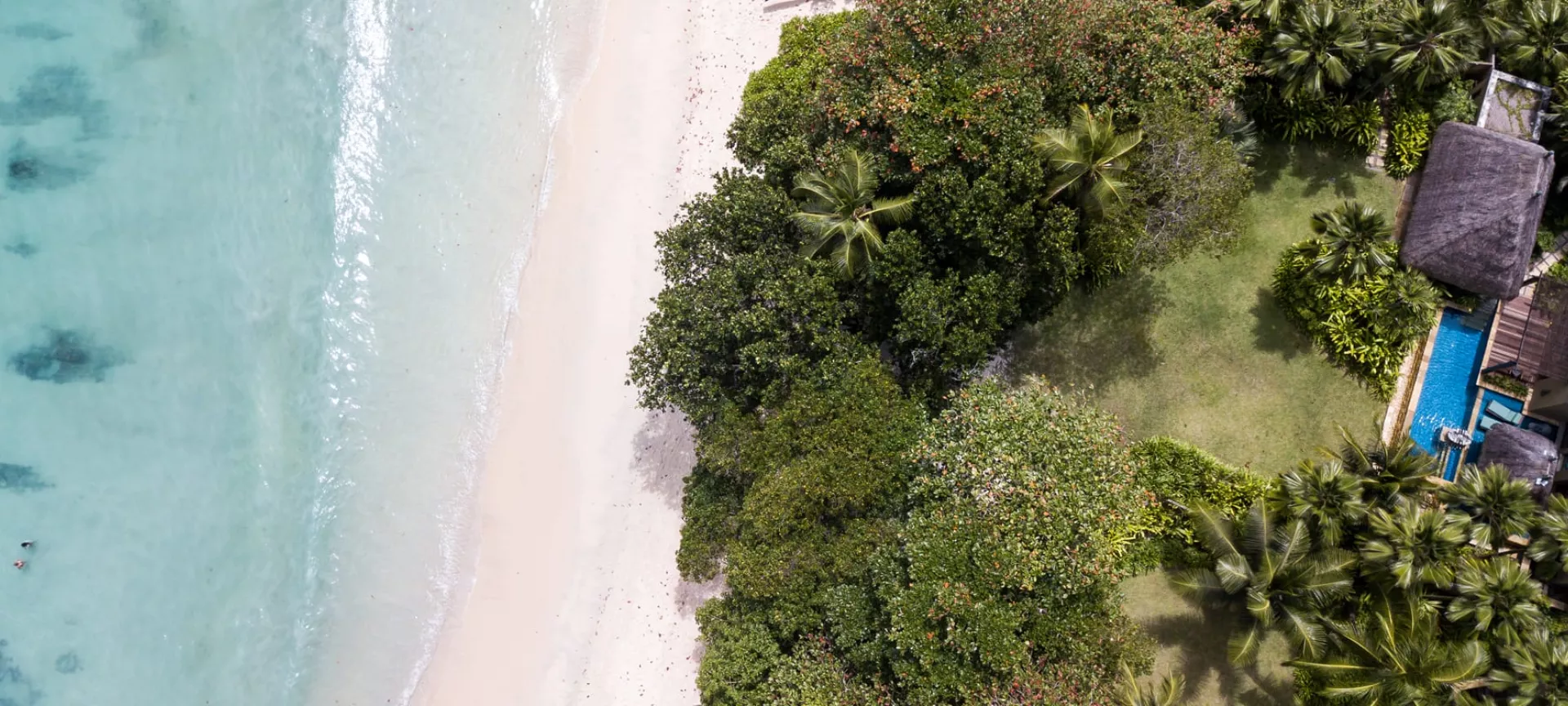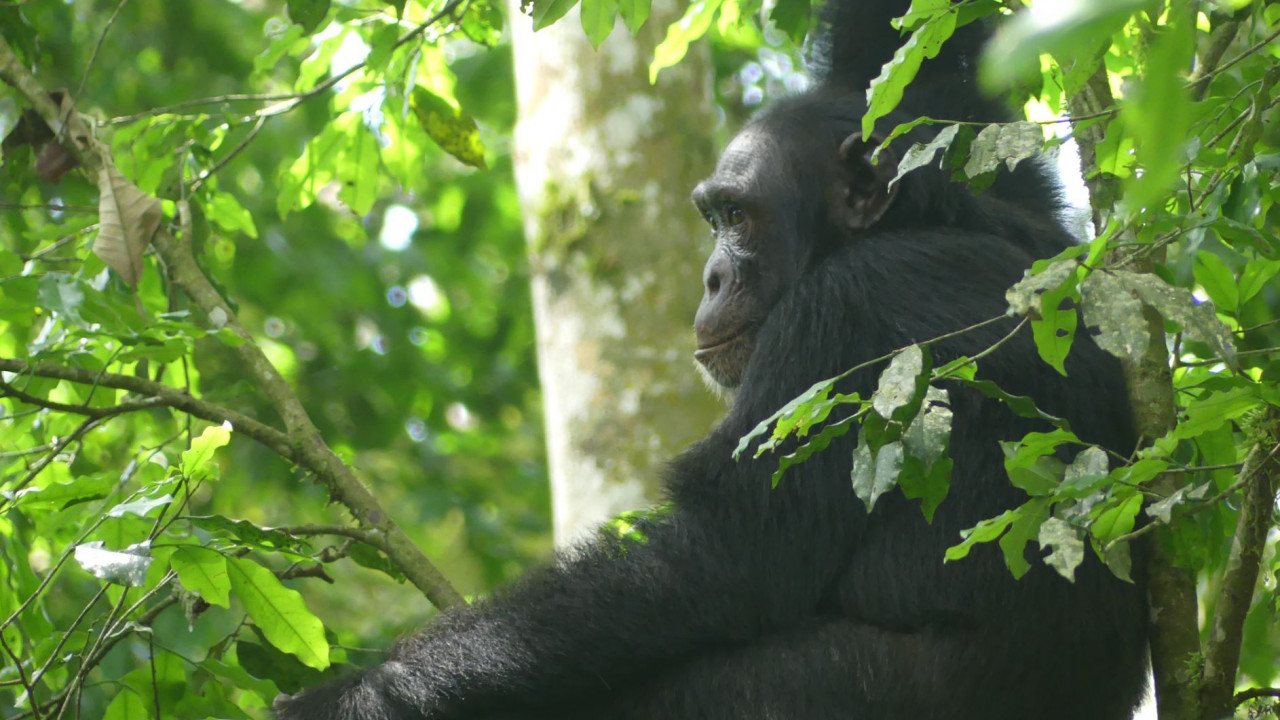
The rainforests of Eastern and Central Africa are a hotspot for wildlife enthusiasts and adventurers alike.
One of the most thrilling experiences in these habitats is Great Ape trekking where you can come face-to-face with some of our closest relatives in the animal kingdom: gorillas and chimpanzees.
While both activities offer incredible opportunities to observe and learn about these remarkable animals, there are significant differences between the two experiences.
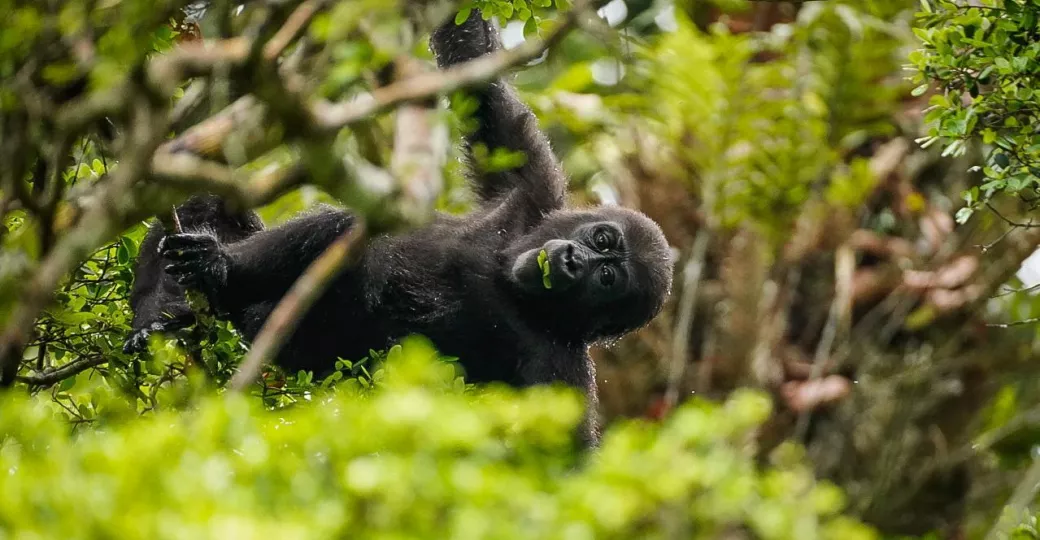
Western Lowland Gorilla - Odzala Camp
Primate Species
Gorilla Trekking:
Gorilla trekking focuses on two species of gorillas: the Mountain Gorilla (which incidentally is a subspecies of the Eastern Gorilla), and the Western Lowland Gorilla. These are the largest primates on Earth and are known for their gentle nature and complex social structures.
Chimpanzee Trekking:
Chimpanzee trekking involves trekking with the common chimpanzee, and can, in some areas of Africa, include trekking to see bonobo, both of which are found in different parts of East Africa. These apes are known for their remarkable intelligence and are genetically very close to humans.
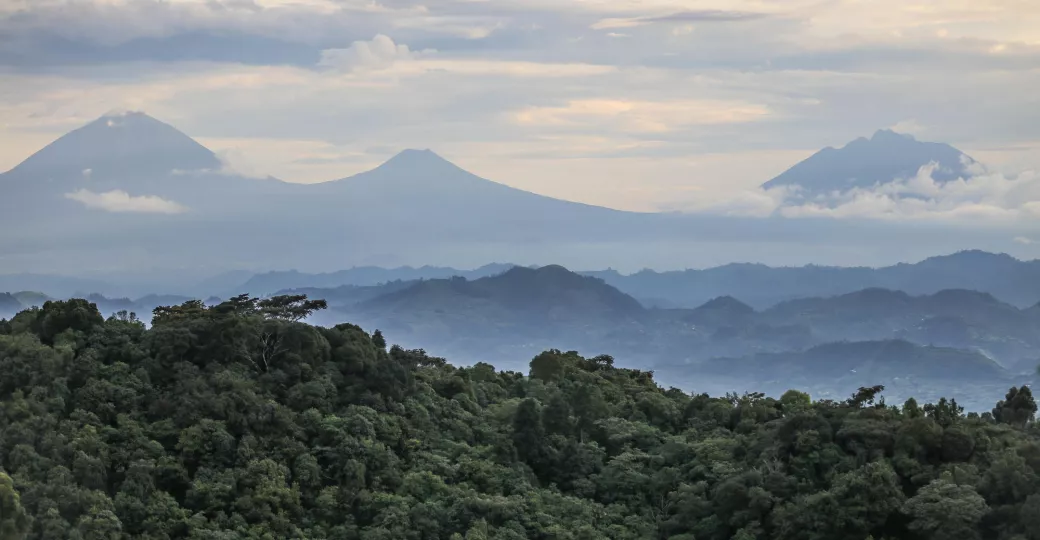
View from Nkuringo Lodge, Bwindi, Uganda.
Habitat and Location
Gorilla Trekking:
Mountain gorilla trekking is primarily focussed in two East African countries: Uganda and Rwanda. These two countries are home to these critically endangered primates, with Bwindi Impenetrable National Park and Mgahinga Gorilla National Park in Uganda, and Volcanoes National Park in Rwanda being the most famous destinations for this activity. Lowland gorilla trekking populations, and the trekking areas we would recommend, are within The Congo and Central African Republic.
Chimpanzee Trekking:
Chimpanzee trekking, on the other hand, can be experienced in various East African countries, including Uganda, Tanzania, Rwanda, and even Kenya. These primates inhabit a range of diverse environments, from dense rainforests to savannas, allowing for a more widespread opportunity to encounter them.
Mountain Gorilla seen in Maghinga National Park, Uganda - Volcanoes Safaris
Trekking Difficulty
Gorilla Trekking:
Gorilla trekking is often considered more physically demanding than chimpanzee trekking, although it really does depend on a number of factors. It requires navigating steep and sometimes challenging terrain, with hikes ranging from 1 to 4 hours or more. However, the reward of encountering these majestic creatures in their natural habitat makes the effort worthwhile.
Chimpanzee Trekking:
Chimpanzee trekking sometimes involves less strenuous hikes compared to gorilla trekking, though again it depends on where and when you trek. The terrain can vary from relatively easy forest trails to more moderate treks. This makes chimpanzee trekking accessible to a wider range of fitness levels. Being a more active primate, finding the chimpanzee may be relatively easy, however, if they are moving though the forest, following them can be challenging, and sometimes impossible!
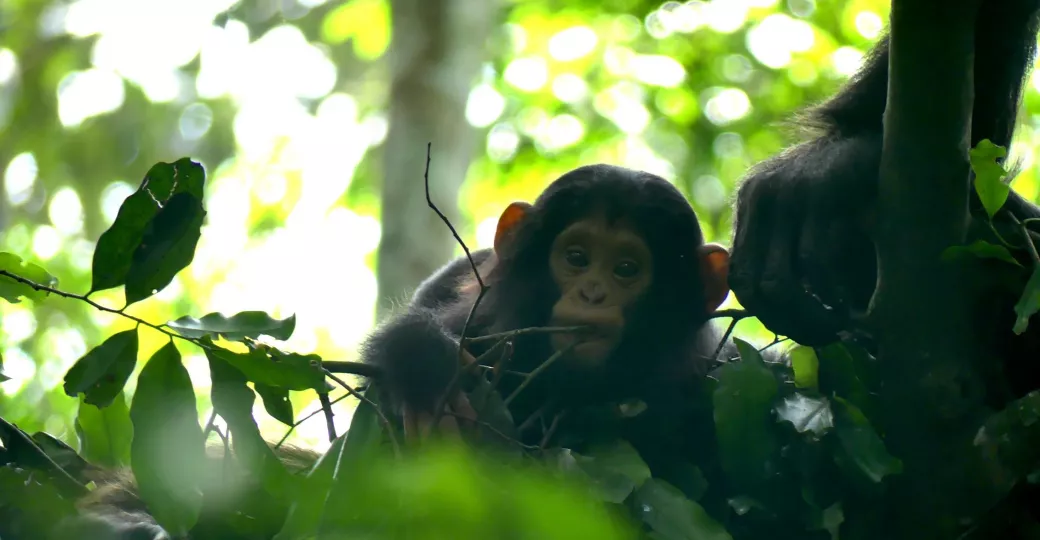
Chimpanzee, Kibale Forest National Park, Uganda - James Handley
Group Size and Interaction
Both chimpanzee and gorilla treks begin with a briefing at the trekking headquarters early in the morning before guests are paired up into groups to begin their treks into the forest to find the primates.
Gorilla Trekking:
To minimise disturbance to gorilla groups and their natural behaviour, the maximum group size for gorilla trekking is usually limited to 8 people. Visitors are allowed to spend a limited amount of time (usually one hour) observing the gorillas. Interaction is generally passive, with tourists observing the gorillas from a respectful distance. Gorillas are very docile and passive animals – spending an hour with them will typically involve sitting amongst the foliage as you watch them go about their daily business. Gorilla families are much smaller than chimpanzee troops, with the average size being anywhere between 10 – 15 individuals.
Chimpanzee Trekking:
Chimpanzee trekking groups are normally the same size with 8 guests, however it is not uncommon for groups to ‘merge’ when trekking. Unlike gorilla trekking, chimpanzee encounters can be more interactive. Travellers may witness these highly social animals engaging in a variety of activities, including grooming, playing, and vocalisations. Being much more active animals, and living in troops of up to 100 strong, chimpanzee trekking is a more immersive experience where the individuals move around you and your group, calling to each other, swinging from the trees and feeding.
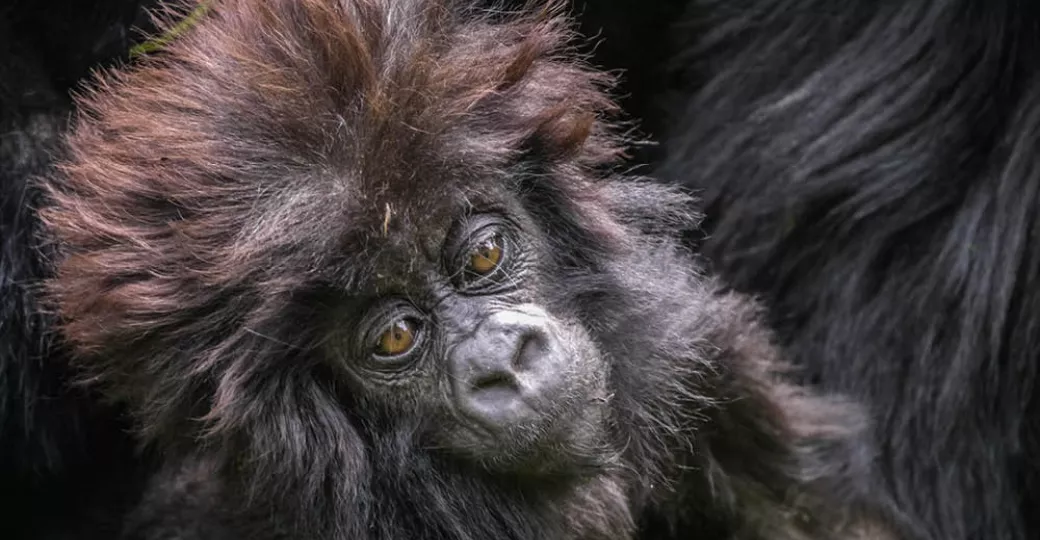
Mountain Gorilla, Volcanoes National Park, Rwanda - Wilderness Safaris
Trekking Costs
Gorilla Trekking:
Gorilla trekking permits are typically more expensive than chimpanzee trekking permits. Prices vary between countries and even within different national parks. In Rwanda, for example, gorilla permits are USD 1,500 in 2023, while Uganda offers a more budget-friendly option for travellers at USD 700 per person in 2023.
Chimpanzee Trekking:
Ranging between USD 60 to USD 200, chimpanzee trekking permits are generally more affordable, making it a budget-friendly option for travellers seeking a primate experience in East Africa. The exact cost depends on where in East Africa you choose to trek.
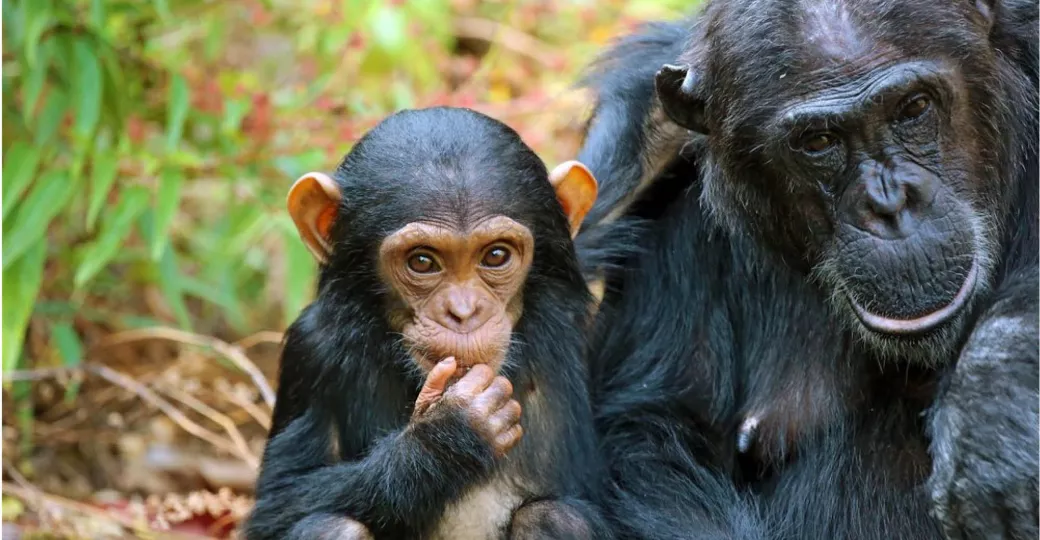
Chimpanzee family, Mahale Mountains, Tanzania - Nomad Tanzania
In summary, both gorilla trekking and chimpanzee trekking in East Africa offer incredible opportunities to connect with our primate relatives and experience the natural beauty of the region. The choice between the two experiences ultimately depends on your preferences, budget, and physical fitness level.
It is also possible to encounter a broad range of other wildlife on your trek too, depending on where you are trekking. From golden monkeys in Mgahinga, baboons and even buffalo in Kyambura Gorge, and forest elephant in Kibale Forest, you may be treated to much more than just Great Apes on your excursion.
Where possible, we love to combine both types of trek in our itineraries to give our guests the most rounded experience possible – the experiences are vastly different, and combining them gives travellers the broadest perspective possible on the primate populations in Africa.
Whether you opt for the challenging but rewarding gorilla trekking or the more accessible and interactive chimpanzee trekking, you're guaranteed an unforgettable wildlife adventure in Africa.

James Handley
Born and bred in the South of England, James is Bonamy’s intrepid traveller. When not honing his skills in London over the last decade, he's spent much of his time on self-planned expeditions and a...
View profileNever miss a notebook entry with our newsletter

